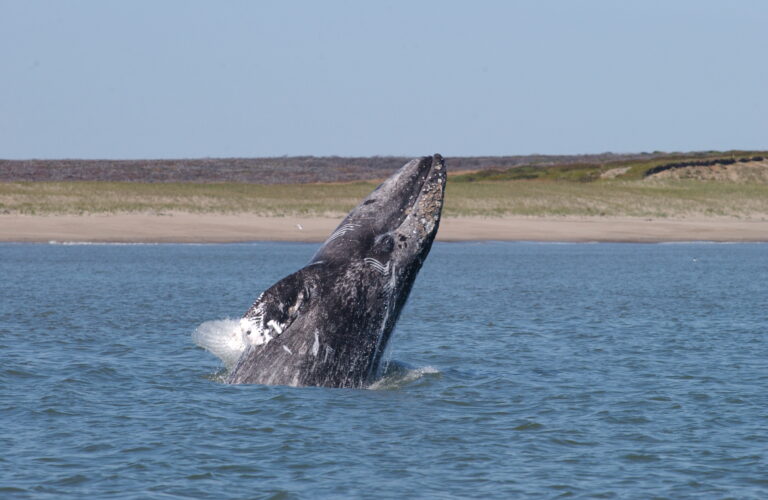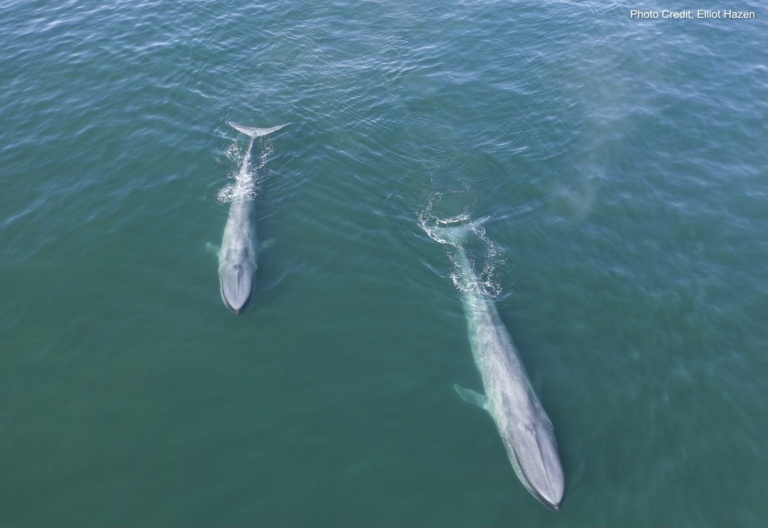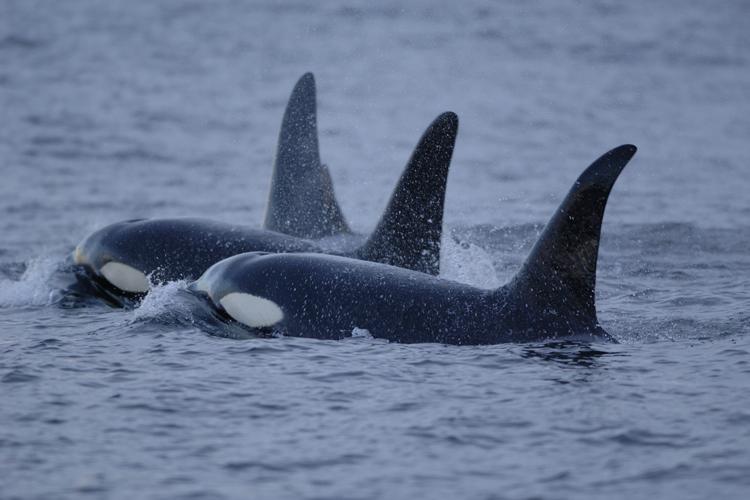Changes in gray whale phenology and distribution related to prey variability and ocean biophysics in the northern Bering and eastern Chukchi seas
From the abstract: “We discuss potential impacts of observed and inferred prey shifts on gray whale nutrition in the context of an ongoing unusual gray whale mortality event. To conclude, we use the conceptual Arctic Marine Pulses (AMP) model to frame hypotheses that may guide future research on whales in the Pacific Arctic marine ecosystem.” Authors: Sue E. Moore, Janet […]



